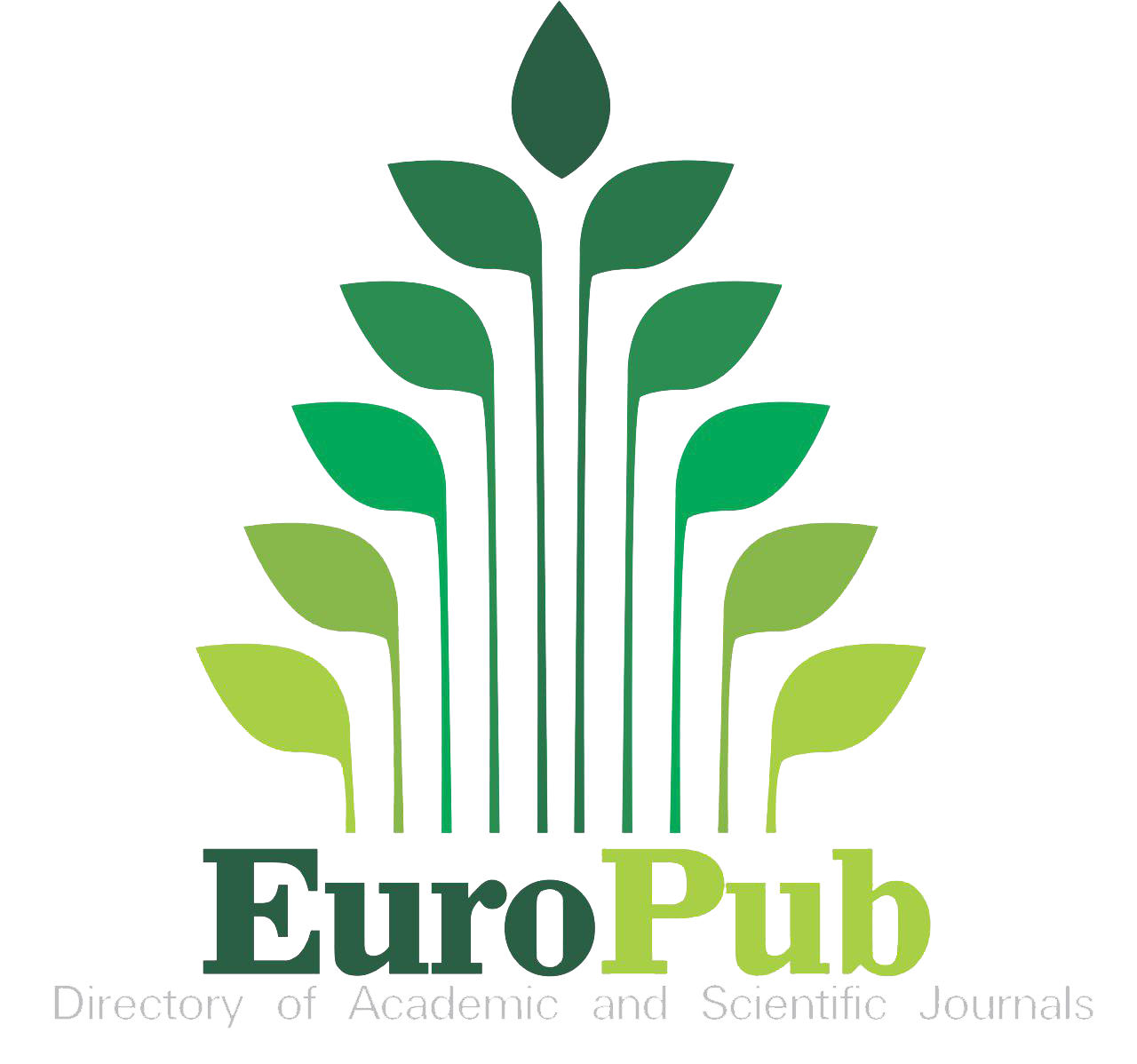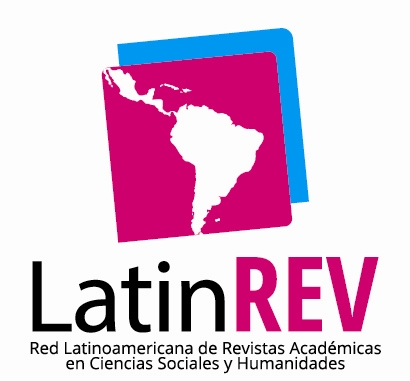Avaliação econômica por receita tarifária das empresas metroferroviárias brasileiras
DOI:
https://doi.org/10.16930/2237-766220233386Palavras-chave:
Economia de escala, Função de custos, Transporte metroferroviárioResumo
O transporte metroferroviário é fundamental para mobilidade urbana e há um reconhecimento da necessidade de subsídio para que ele possa operar de forma eficiente do ponto de vista social. Assim, esta pesquisa tem como objetivo analisar, por meio de funções de custos, a viabilidade econômica por receita tarifária de empresas de transporte metroferroviário. Metodologicamente, usou-se como referência oito empresas que representam 90% dos passageiros transportados no sistema metroferroviário brasileiro, para a captação dos custos por passageiros e estimação das funções de custos médios por Mínimos Quadrados Ordinários. Os resultados indicam possibilidade de ganhos com melhor ocupação da escala e nível de eficiência, porém, esses não viabilizam as operações com as tarifas praticadas pelas empresas públicas. Esses resultados lançam luz para a gestão das políticas públicas tarifárias, justificando essa pesquisa.
Referências
Agasisti, T., & Johnes, G. (2016). Efficiency, costs, rankings, and heterogeneity: the case of US higher education. International Review of Applied Economics, 30, 48-68. DOI: https://doi.org/10.1080/02692171.2015.1070130
Anupriya, G. D. J., Carbo, J.M., Anderson, R. J., & Bassal, P. (2020). Understanding the costs of urban rail transport operations. Transportation Research. Part B: methodological, 138, 292-316. DOI: https://doi.org/10.1016/j.trb.2020.05.019
Arcier, B. F. (2014). Measuring the performance of urban public transport in relation to public policy objectives. Research in Transportation Economics, 48, 67-76. DOI: https://doi.org/10.1016/j.retrec.2014.09.033
Associação Nacional de Transportes Públicos. (2020). Sistema de Informações da Mobilidade Urbana da Associação Nacional de Transportes Públicos – Simob/ANTP. São Paulo.
Ayadi, A., & Hammami, S. (2015). Analysis of the technological features of regional public transport companies: the Tunisian case. Public Transport, 3, 429-455. DOI: https://doi.org/10.1007/s12469-015-0109-4
Bai, Y., Ho, T., Mao, B. (2012). An Incentive Scheme for Equipment Replacement Subsidy in Beijing Metro System. Procedia-Social and Behavioral Sciences, 43, 718-727. DOI: https://doi.org/10.1016/j.sbspro.2012.04.145
Basso, L., & Jara-Díaz, S. (2006). Distinguishing multiproduct economies of scale from economies of density on a fixed-size transport network. Networks and Spatial Economics, 6(2),149-162. DOI: https://doi.org/10.1007/s11067-006-7698-z
Batarce, M., & Galilea, P. (2018). Cost and fare estimation for the bus transit system of Santiago. Transport Policy, 64, 92-101. DOI: https://doi.org/10.1016/j.tranpol.2018.01.002
Besanko, D., & Braeutigam, R.R. (2004). Microeconomia uma abordagem completa. LTC.
Bittencourt, F. S., Brizon, & L. C. (2011, outubro). Transporte metroferroviário: criação de um ambiente favorável ao desenvolvimento urbano sustentável. Congresso Brasileiro de Transporte e Trânsito, Rio de Janeiro, RJ, Brasil, 18.
Bottasso, A., Conti, M., & Vannoni, D. (2019). Scale and (quasi) scope economies in airport technology. An application to UK airports. Transportation research part A: Policy and practice, 125, 150-164. DOI: https://doi.org/10.1016/j.tra.2019.05.013
Cambini, C., Piacenza, M., & Vannoni, D. (2007). Restructuring public transit systems: evidence on cost properties from medium and large-sized companies. Review of Industrial Organization, 31(3),183-203. DOI: https://doi.org/10.1007/s11151-007-9153-9
Carvalho, C. H. R., & Pereira, R. H. M. (2011). Efeitos da variação da tarifa e da renda da população sobre a demanda de transporte público coletivo urbano no Brasil. http://repositorio.ipea.gov.br/bitstream/11058/1282/1/TD_1595.pdf DOI: https://doi.org/10.4237/transportes.v20i1.464
Chattopadhyay, S. (2021). Cost-efficiency in the patient centered medical home model: New evidence from federally qualified health centers. International Journal of Health Economics and Management, 21(3), 295-316. DOI: https://doi.org/10.1007/s10754-021-09295-5
Eaton, B. C., & Eaton, D. F. (1999). Microeconomia. Saraiva.
Fei, S. (2016). Parking versus public transport subsidies: case study of Nanjing, China. Transportation Letters, 8(2), 90-97. DOI: https://doi.org/10.1179/1942787515Y.0000000011
Fernandez, J. E., Cea, J., & Grange, L. (2005). Production costs, congestion, scope and scale economies in urban bus transportation corridors. Transportation Research Part A, 39(5), 383-403. DOI: https://doi.org/10.1016/j.tra.2004.08.003
Frank, R. H. (2013). Microeconomia do comportamento. (8a ed.). AMGH.
Gomez, G. B., Mudzengi, D. L., Bozzani, F., Menzies, N. A., & Vassall, A. (2020). Estimating cost functions for resource allocation using transmission models: a case study of tuberculosis case finding in South Africa. Value in Health, 23(12), 1606-1612. DOI: https://doi.org/10.1016/j.jval.2020.08.2096
Gujarati, D. N. (2006). Econometria Básica. (4a ed.). Campus.
Hörcher, D., & Tirachini, A. (2021). A review of public transport economics. Economics of transportation, 25, 100196. DOI: https://doi.org/10.1016/j.ecotra.2021.100196
Johnston, A., & Ozment. J. (2013). Economies of scale in the US airline industry. Transportation Research Part E, 51, 95-108. DOI: https://doi.org/10.1016/j.tre.2012.09.002
Kiggundu, A. T. (2009). Financing public transport systems in Kuala Lumpur, Malaysia: challenges and prospects. Transportation, 36, 275-294. DOI: https://doi.org/10.1007/s11116-009-9194-z
Klotzki, U., Bohnert, A., Gatzert, N., & Vogelgesang, U. (2018). Economies of scale in European life insurance. The Journal of Risk Finance, 19(2), 190-207. DOI: https://doi.org/10.1108/JRF-03-2017-0055
Koshal, R. K., & Koshal, M. (1995). Quality and economies of scale in higher education. Applied Economics, 27(8), 773-778. DOI: https://doi.org/10.1080/00036849500000068
Link, H. (2006). An econometric analysis of motorway renewal costs in Germany. Transportation research. Part A, Policy and practice, 40(1), 19-34. DOI: https://doi.org/10.1016/j.tra.2005.04.005
Liu, T. (2021). Measuring cost inefficiency: A dual approach. Economic Modelling, 99, 105471. DOI: https://doi.org/10.1016/j.econmod.2021.02.012
Maddala, G. (2003). Introdução à Econometria. LTC.
Martini, G., Scotti, D., Viola, D., & Vittadini, G. (2020). Persistent and temporary inefficiency in airport cost function: An application to Italy. Transportation Research Part A: Policy and Practice, 132, 999-1019. DOI: https://doi.org/10.1016/j.tra.2019.12.016
Mas-Colell, A., Whinston, M. D., & Green, J. R. (1995). Microeconomic theory. Oxford University Press.
Matas, A., & Raymond, J. (1998). Technical characteristics and efficiency of urban bus companies: The case of Spain. Transportation, 25(3), 243-264. DOI: https://doi.org/10.1023/A:1005078830008
Nicholson, W., & Snyder, C. (2018). Teoria Microeconômica: princípios e aplicações. (12a ed.). Cengage.
Obeng, K. (2019). Public transit cost efficiency studies: The impact of non-contracting regulations. Transportation Research Part A: Policy and Practice, 126, 247-258. DOI: https://doi.org/10.1016/j.tra.2019.06.010
Obeng, K., & Sakano, R. (2020). Effects of government regulations and input subsidies on cost efficiency: A decomposition approach. Transport Policy, 91, 95-107. DOI: https://doi.org/10.1016/j.tranpol.2020.03.015
Panarella, P. J. M. (2010). Gestão e mensuração de custos: semelhanças e divergências entre a microeconomia e a contabilidade gerencial. [Dissertação de mestrado, Universidade de São Paulo – USP].
Pezerico, L. A. M. (2002). Sistema de Avaliação de Desempenho no Transporte Urbano: Uma abordagem para o setor metroferroviário. [Dissertação de mestrado, Universidade Federal do Rio Grande do Sul – UFRGS].
Pindyck, R. S., & Rubinfeld, D. L. (2004). Econometria: modelos e previsões. Campus.
Pindyck, R. S., & Rubinfeld, D. L. (2014). Microeconomia. (8a ed.). Makron Books.
Qin, F. (2014). Investigating the in-vehicle crowding cost functions for public transit modes. Hindawi Publishing Corporation Mathematical Problems in Engineering, Article. DOI: https://doi.org/10.1155/2014/502708
Rosa, S. J. (2006). Transporte e exclusão social: a mobilidade da população de baixa renda da Região Metropolitana de São Paulo e trem metropolitano. [Dissertação de mestrado, Universidade de São Paulo – USP].
Ševrović, M., Brčić, D., & Kos, G. (2015). Transportation costs and subsidy distribution model for urban and suburban public passenger transport. Traffic & Transportation, 27, 23-33. DOI: https://doi.org/10.7307/ptt.v27i1.1486
Singh, S. K. (2014). An inquiry into the cost structure of state transport undertakings in India. Transport Policy, 32(8). DOI: https://doi.org/10.1016/j.tranpol.2013.12.003
Tischer, V. (2018). Panorama do transporte ferroviário urbano no Brasil e no mundo. Revista Internacional de Ciências, 8, 62-81, 2018. DOI: https://doi.org/10.12957/ric.2018.31636
Varian, H. R. (1992). Microeconomic Analysis. (3a ed.). Norton& Company.
Varian, H. R. (2015). Microeconomia: uma abordagem moderna. (9a ed.). Campus.
Vasconcellos, E. A., Carvalho. C. H. R., & Pereira, R. H. M. (2011). Transporte e mobilidade urbana. Texto para Discussão Cepal Ipea 34: Transporte e mobilidade urbana. http://repositorio.ipea.gov.br/handle/11058/1373
Vendrúscolo, M. I., & Alves, T. W. (2009). Estudo da economia de escala do setor de telecomunicações móveis do Brasil pós-privatizações. Revista Contabilidade & Finanças, 20(49), 63-78. DOI: https://doi.org/10.1590/S1519-70772009000100005
Vergara-Novoa, C., Sepúlveda-Rojas, J. P., Alfaro, M. D., Soto, P., & Benitez-Fuentes, P. A. (2020). Analysis of revenues, costs and average costs of highway concessions in Chile. Transport Policy, 95, 114-123. DOI: https://doi.org/10.1016/j.tranpol.2019.08.008
Xu, P., Wang, W., & Wei, C. (2018). Economic and Environmental Effects of Public Transport Subsidy Policies: a Spatial CGE Model of Beijing. Hindawi Mathematical Problems in Engineering. DOI: https://doi.org/10.1155/2018/3843281
Wilson, J. H. (1981). A note on scale economies in the savings and loan industry. Business Economics, 45-49.
Ying, J. Q., & Yang, H. (2005). Sensitivity analysis of stochastic user equilibrium flows in a bi-modal network with application to optimal pricing. Transportation research. Part B: methodological, 39(9), 769-795. DOI: https://doi.org/10.1016/j.trb.2003.09.003
Downloads
Publicado
Como Citar
Edição
Seção
Licença
Copyright (c) 2023 Revista Catarinense da Ciência Contábil

Este trabalho está licenciado sob uma licença Creative Commons Attribution 4.0 International License.
Os direitos autorais para artigos publicados nesta revista pertencem ao(s) respectivo(s) autor(es), com direitos de primeira publicação cedidos para a Revista Catarinense da Ciência Contábil - RCCC. Em virtude de aparecerem nesta revista de acesso público, os artigos são de uso gratuito, com obrigatoriedade de reconhecimento da autoria original e da publicação inicial nesta revista. A revista permitirá o uso dos trabalhos publicados, incluindo direito de enviar o trabalho para bases de dados de acesso público. O conteúdo dos artigos publicados são de total e exclusiva responsabilidade dos autores.
- O(s) autor(es) autoriza(m) a publicação do artigo na revista;
- O(s) autor(es) garante(m) que a contribuição é original e inédita e que não está em processo de avaliação em outra(s) revista(s);
- A revista não se responsabiliza pelas opiniões, ideias e conceitos emitidos nos textos, por serem de inteira responsabilidade de seu(s) autor(es);
- É reservado aos editores o direito de proceder ajustes textuais e de adequação do artigo às normas da publicação.

Esta obra está licenciada com uma Licença Creative Commons Atribuição 4.0 Internacional.










